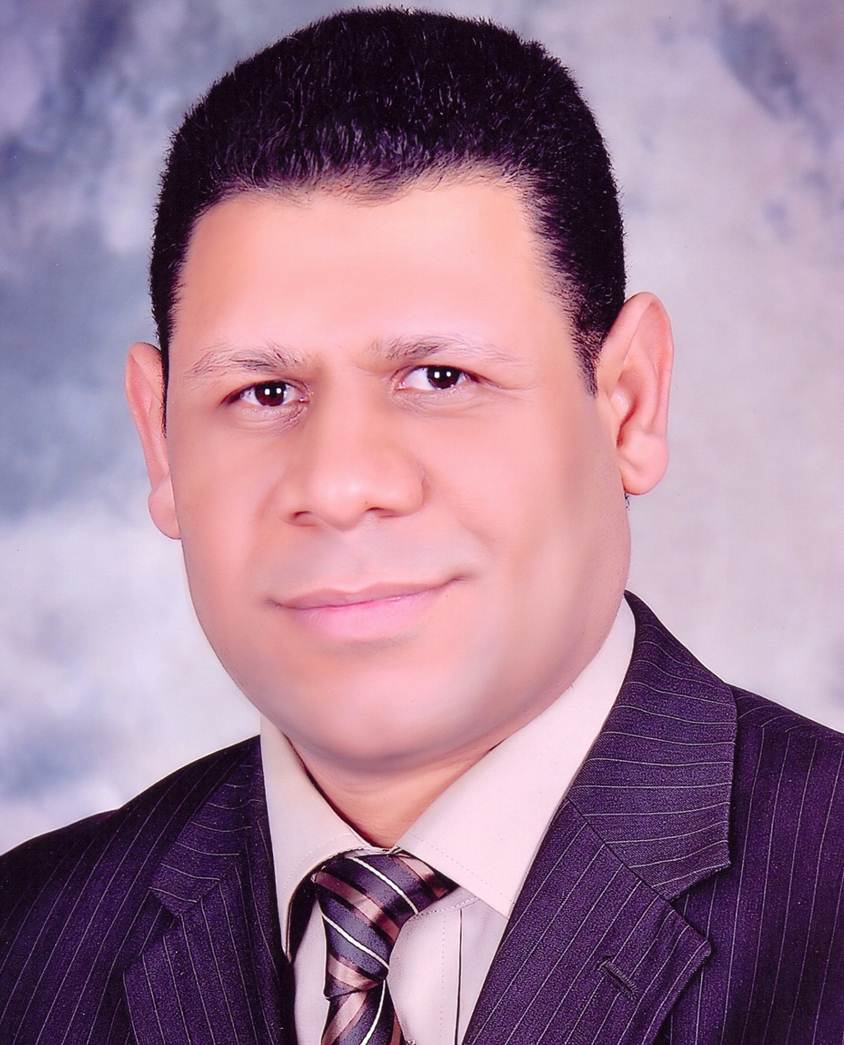Background: Cardiac myxoma is a benign tumor that carries the risk of embolization and obstruction of the blood flow. The ideal surgical approach is still debatable. We present our experience in the surgical treatment of cardiac myxomas and its ideal surgical approach. Methods: We retrospectively analyzed the data for all patients who underwent surgical excision of cardiac myxoma at our institution over 11 years starting from January 2006 to December 2016. Descriptive statistics were used to present preoperative, operative and postoperative data and Kaplan Meier curve to plot long-term survival. Results: Twenty-one patients had surgical excision of a primary, single and sporadic cardiac myxoma. Thirteen patients (62 %) were females, and the mean age at operation was 55.2 years (range: 28-71 years). The location of myxomas was in the left atrium in 17 patients (81%) and right atrium in 4 patients (19 %). Dyspnea was the main presenting symptom (71.4%) followed by constitutional symptoms (28%), palpitations (23.8%), syncope (14.2%) and stroke (14.2%). A right atrial trans-septal incision was used in 76.5% of left atrial myxoma cases. Five patients had concomitant operative procedures (coronary artery bypass grafting (n=2), tricuspid valve repair (n=1), mitral valve replacement (n=1) and bullectomy (n=1)). Postoperative complications were reported in six patients (28.6%) (supraventricular arrhythmia (n=2), temporary conduction deficit (n=2), pulmonary atelectasis (n=1), and postoperative bleeding (n=1)). Early postoperative mortality occurred in one patient (4.76 %), and there were no late deaths related to myxoma. Conclusion: Surgical treatment of cardiac myxoma is safe with low morbidity and mortality. The right atrial trans-se

